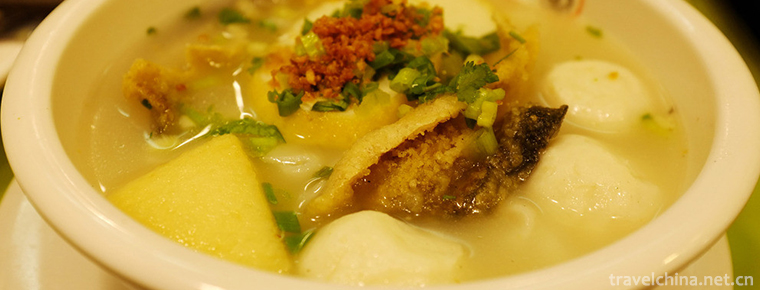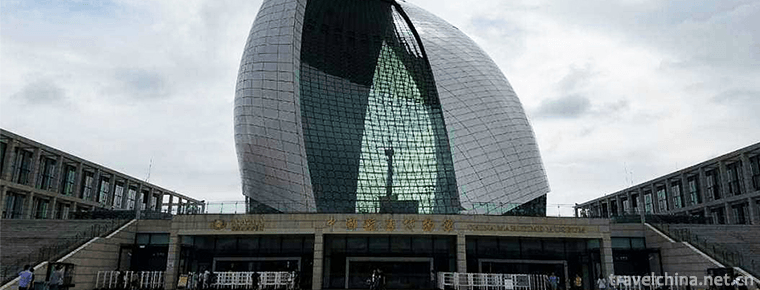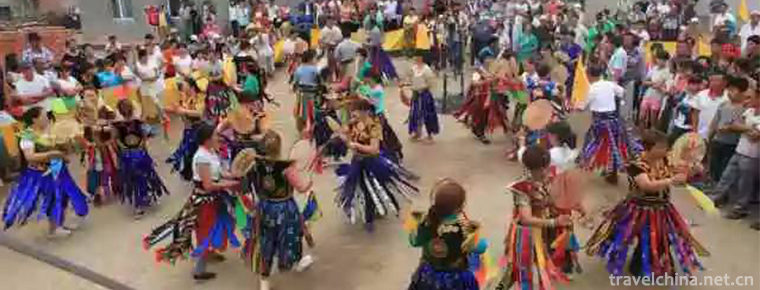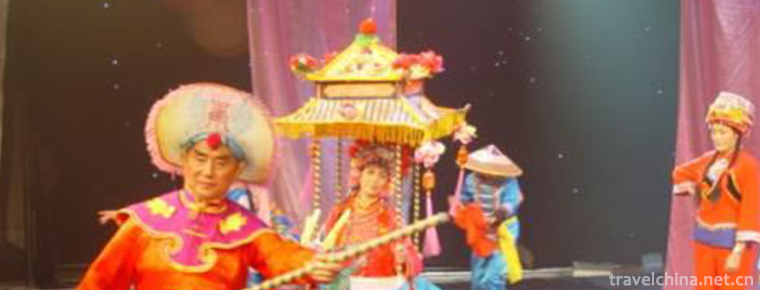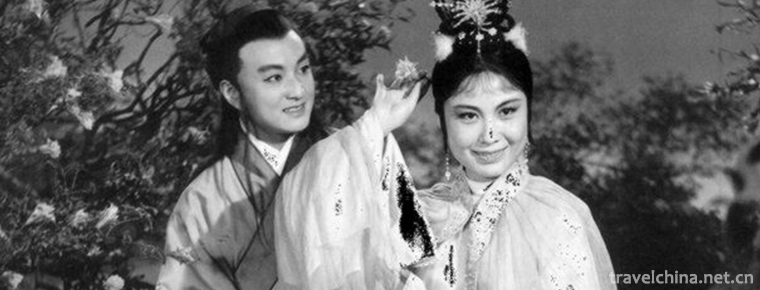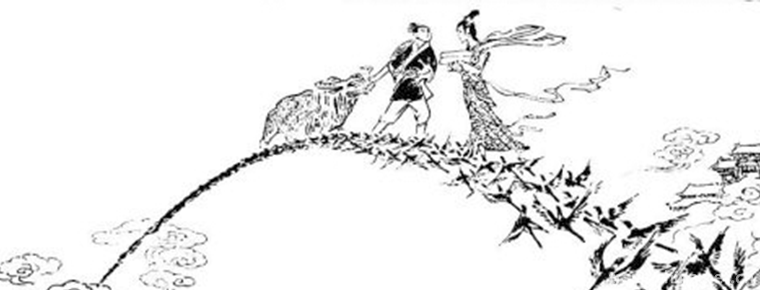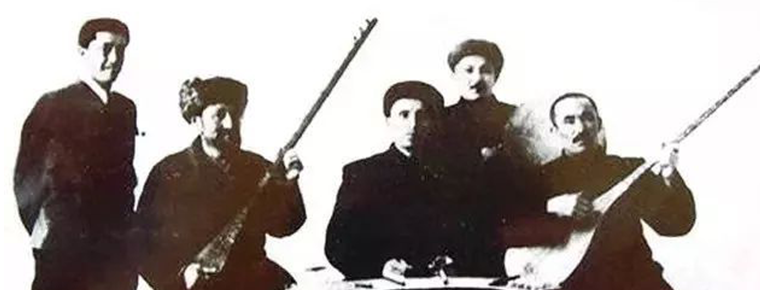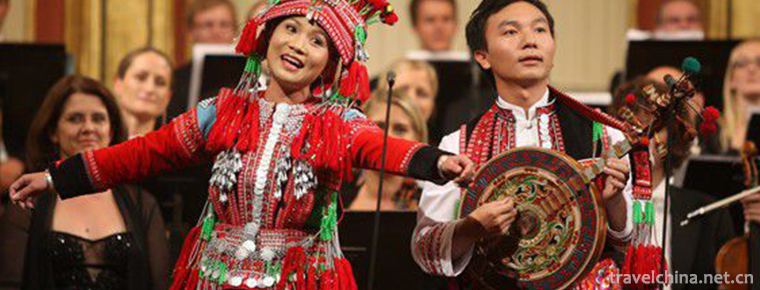Tiantan Park
Tiantan, World Cultural Heritage, National Key Cultural Relics Protection Unit, National AAAAA Class Tourist Area, National Civilized Scenic Spot Demonstration Site.
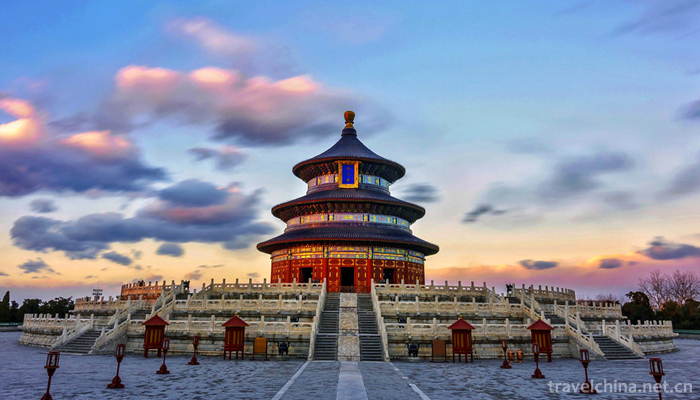
Tiantan is located in the southern part of Beijing City, east of Dongcheng District Yongding inner street. It covers an area of about 2 million 730 thousand square meters. Tiantan was built in the eighteen year of Ming Yongle (1420). For the Ming and Qing emperors of the two dynasties, they offered sacrifices to the heavenly kings and prayed for the best harvest. The Temple of Heaven is the general name of the two altars of the hill and the valley. It has two walls, forming an inner and outer altar. The wall of the altar is round in the South and north, symbolizing the place of heaven. The main building is in the inner altar, the hill altar in the South and the valley altar in the north. The two altars are on a north-south axis, separated by walls in the middle. The main buildings in the Mound Altar are the mound altar, the emperor's vault and so on. The main buildings in the Mound Altar are the Hall of Praying for the Year, the Hall of Emperor Qian and the door of Praying for the Year.
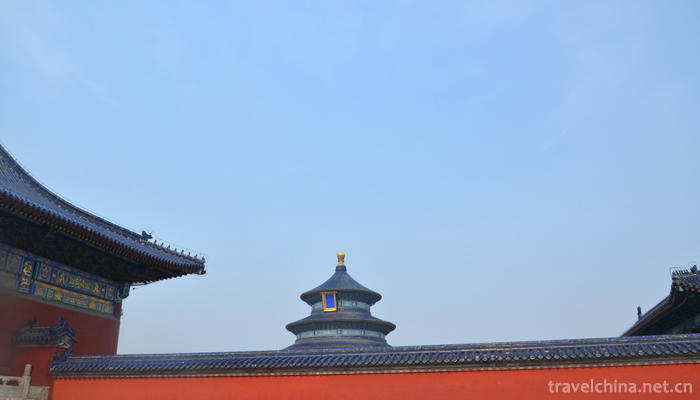
On July 12, 2018, the Tiantan park will add another 2.24 hectares of open area. in September 2018, the maximum daily carrying capacity of the park was lowered, and 58 thousand people were transferred to 50 thousand.
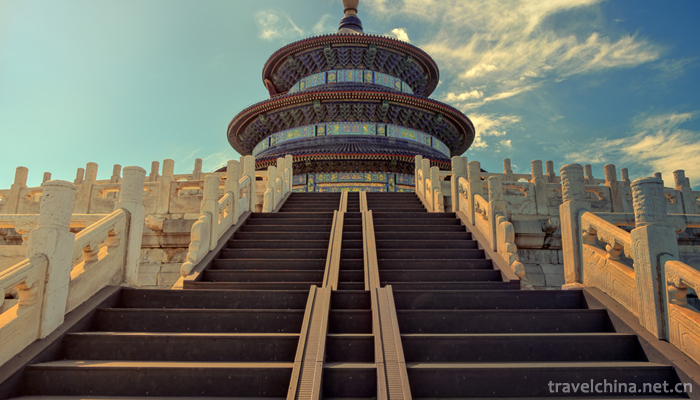
More pic
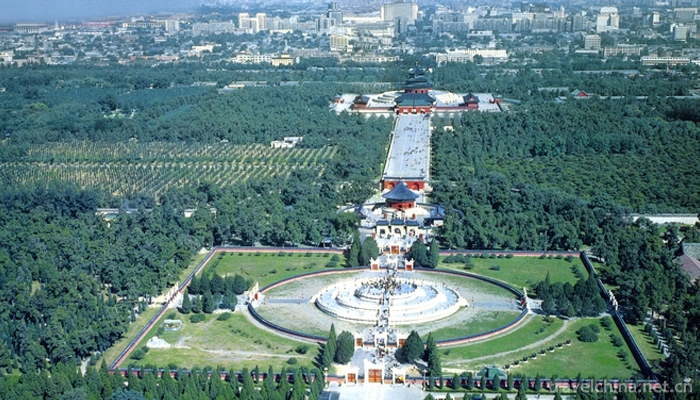
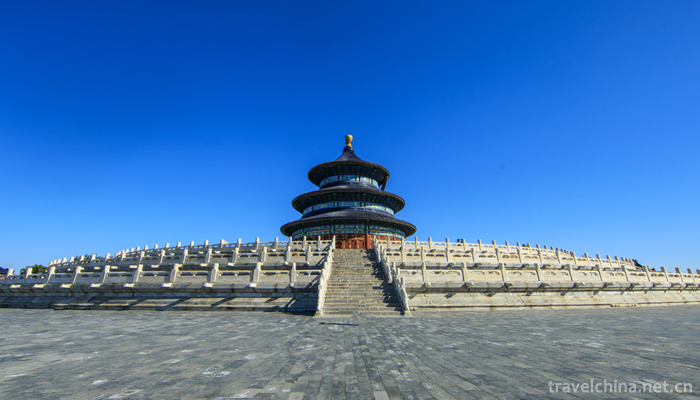
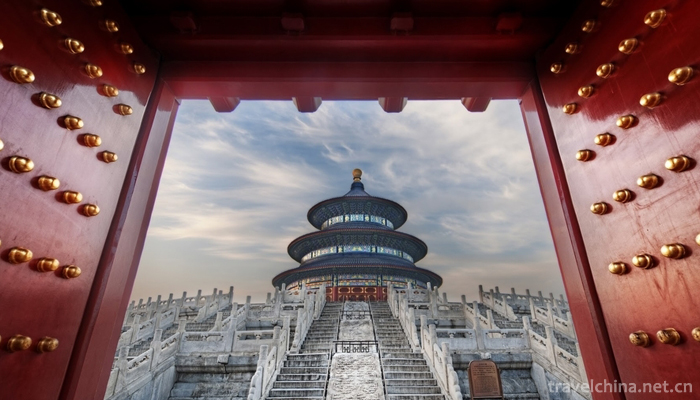
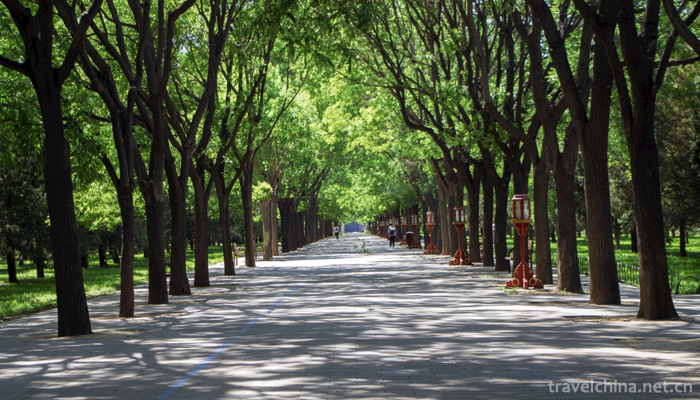
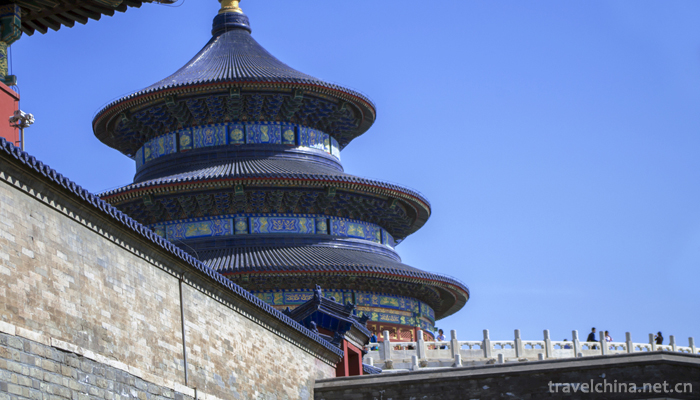
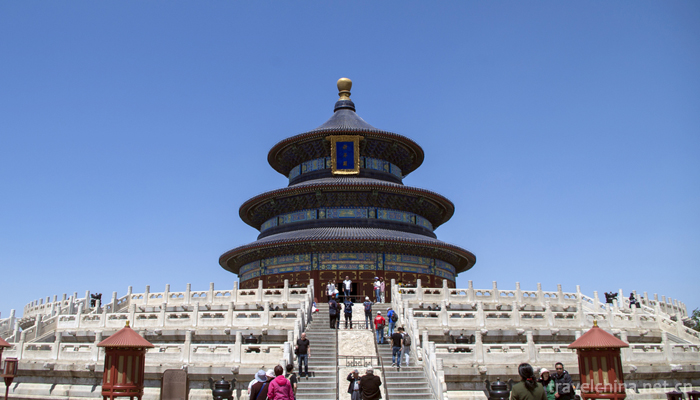
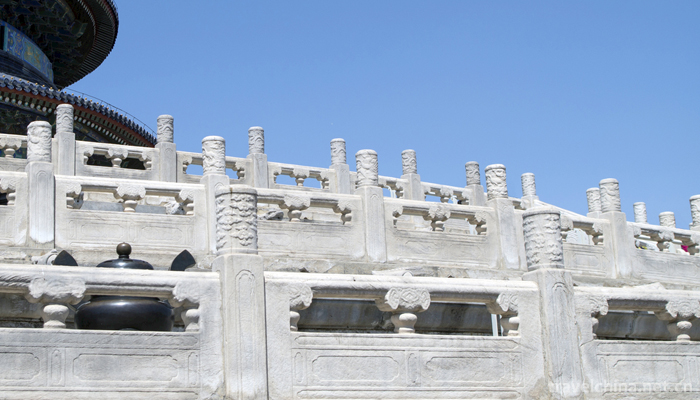
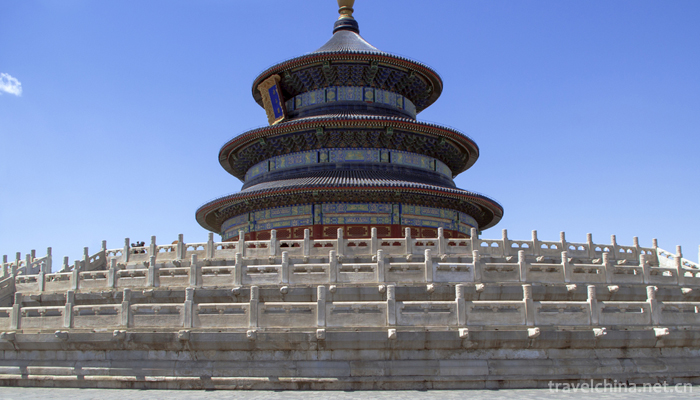
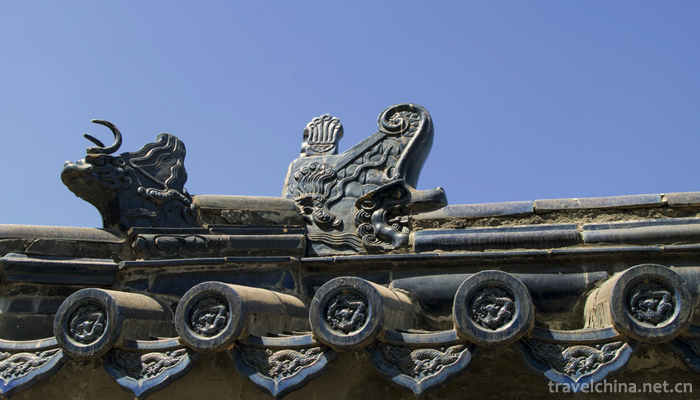
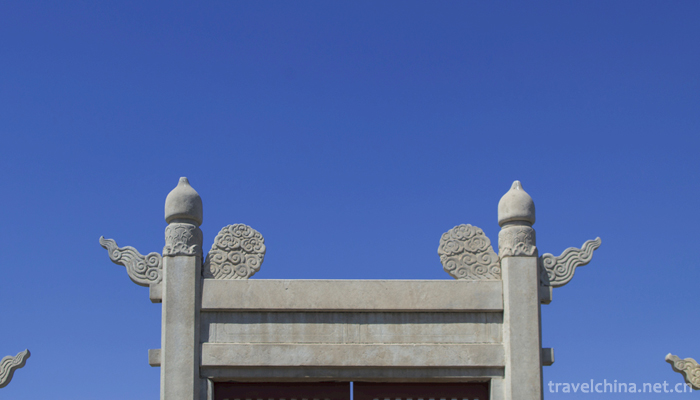
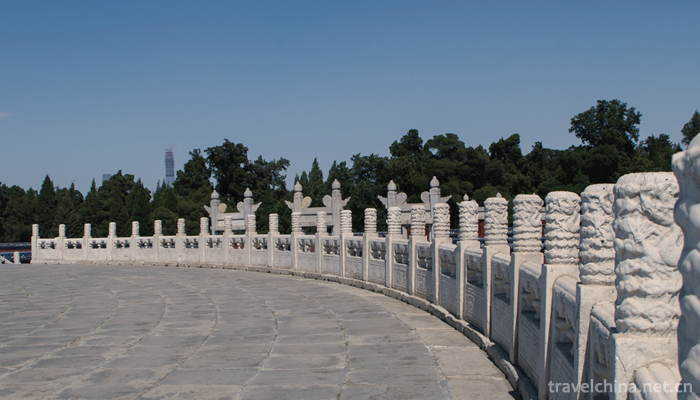
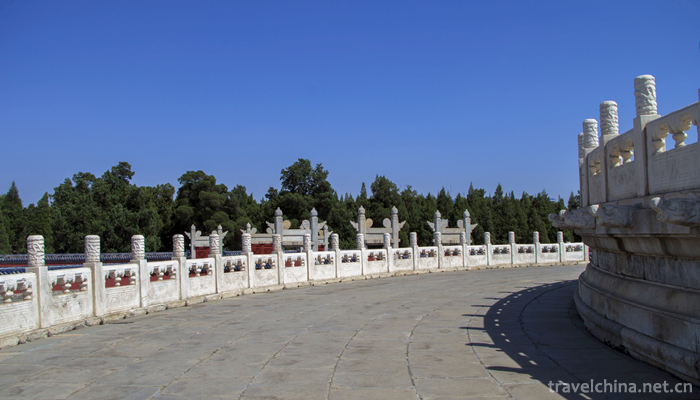
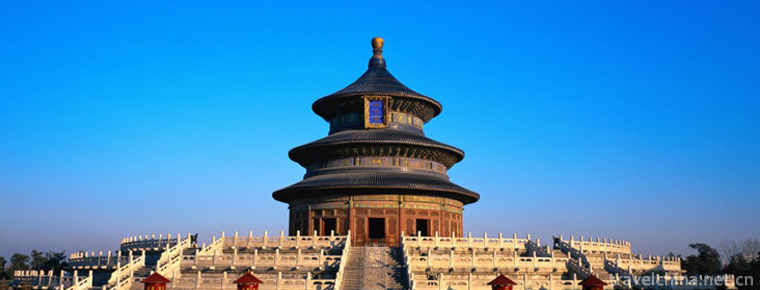
Tiantan Park
-
Fish egg powder
Fish egg powder was originally a food in Chaozhou. It began to spread to Guangzhou in the Guangxu period. Today, the operation of Chaozhou
Views: 245 Time 2018-11-14 -
China Maritime Museum
China Navigation Museum, fully known as "Shanghai China Navigation Museum", is the first national navigational Museum approved by the State Council. It is co-constructed by the Ministry of T
Views: 140 Time 2018-12-22 -
Bo dance
Horqinbo dance, a primitive religious dance, is a form of Mongolian Bo (Shaman) "Xingbo" (Dancing God) and sacrifice. It is characterized by the combination of inspiration,
Views: 381 Time 2019-04-04 -
Guilin fishing drum
Guilin fishing drum, commonly known as sentiment, is the local traditional rap and singing art of Guilin. The Song Dynasty was introduced into Guilin from the north,
Views: 161 Time 2019-05-02 -
Lichuan lantern song
Lichuan Lantern Song is a traditional folk dance that originated in Baiyang area of Lichuan City. Many folk songs in Lichuan Lantern Song and the ancient bamboo branch song inherit in one continuous l
Views: 170 Time 2019-05-13 -
Ming style Furniture Making Skills
Ming-style furniture production techniques began in the Five Dynasties, after the Song Dynasty, including Liao and Jin Dynasties. In the Ming Dynasty, it reached a brilliant peak and developed into di
Views: 132 Time 2019-06-05 -
Legend of Cowherd and Weaver Girl
Niulang and Zhinu are one of the four Chinese folk love legends (the other three are Legends of White Snake, Meng Jiangnu Crying Great Wall, Liang Shanbo and Zhu Yingtai). They derive from the star na
Views: 336 Time 2019-06-08 -
Qixi Festival
Qixi Festival, also known as Qiqiao Festival, Qijie Festival, Daughter's Day, Qiqiao Festival, Qiniang Club, Qiaoxi Festival, Bull Bull Mother's Day and Shuangqi Festival, is a traditional Chinese fes
Views: 259 Time 2019-06-09 -
Uzbek Ehilai and Yelai
Uzbek Ehilai and Yelai are mainly distributed in Kashgar, Shache, Yecheng and Yining, Ili Kazakh Autonomous Prefecture, Xinjiang Uygur Autonomous Region. Uzbek people have excellent music and dance cu
Views: 131 Time 2019-06-29 -
The seafood tune of the Yi nationality
The seafood tune of the Yi nationality Shiping Yi seafood tune, also known as "Shiping tune" and "Quzi", is commonly known as "inverted paddle". It is named after a herba
Views: 326 Time 2019-07-12 -
Zhuokeji chieftains official village
Zhuokeji chieftain's village is located in xisuo village, zhuokeji Town, 7 km away from malkang county. The village was built in 1718 in the reign of Emperor Qianlong of the Qing Dynasty. It was a four story blockhouse. It was destroyed in the fire in 1936. From 1938 to 1940, the Tusi Suo Guanying organized human resources to rebuild it.
Views: 310 Time 2020-11-07 -
Guangyuan primary industry
In 2018, the annual grain sown area in Guangyuan City was 311300 hectares, down 0.5% from the previous year. The total grain output was 1.5641 million tons, down 0.4%. Among them, the grain output in spring decreased by 0.7% to 384900 tons, and that
Views: 377 Time 2020-12-15
